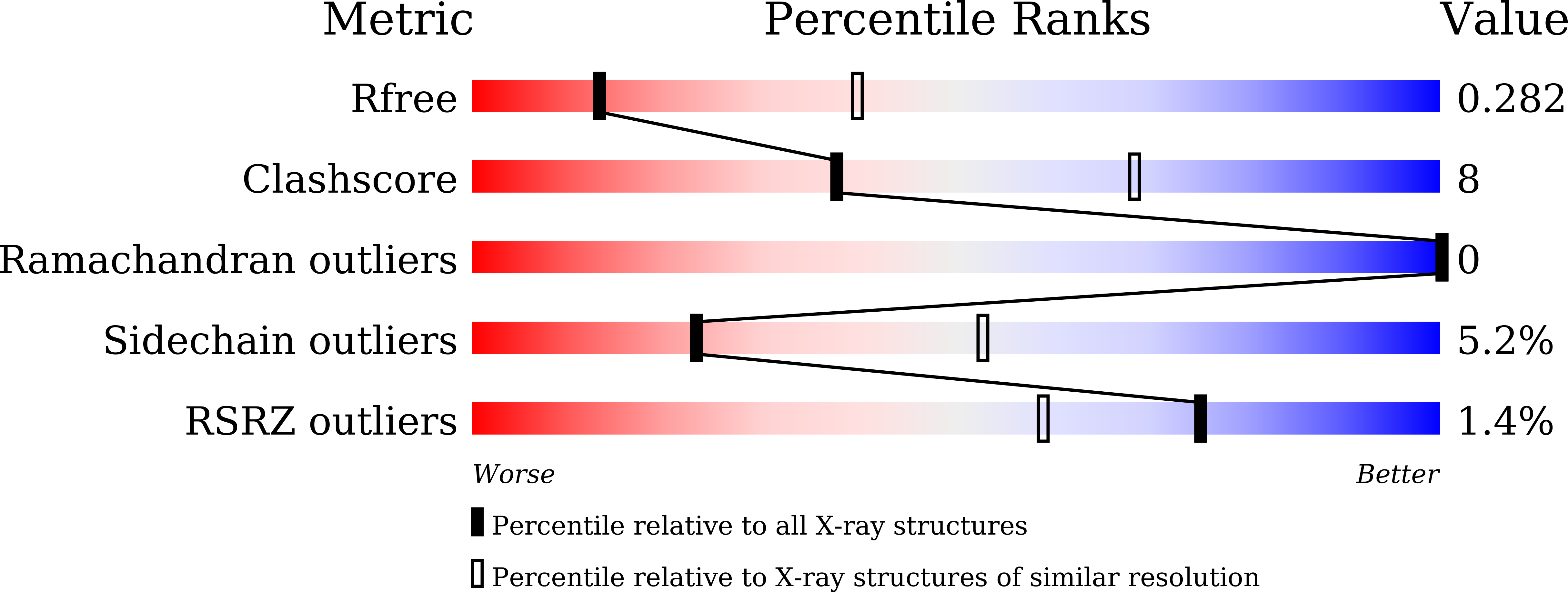
Deposition Date
2020-09-28
Release Date
2021-06-02
Last Version Date
2023-11-29
Entry Detail
PDB ID:
7D5R
Keywords:
Title:
Structure of the Ca2+-bound C646A mutant of peptidylarginine deiminase type III (PAD3)
Biological Source:
Source Organism:
Homo sapiens (Taxon ID: 9606)
Host Organism:
Method Details:
Experimental Method:
Resolution:
3.15 Å
R-Value Free:
0.28
R-Value Work:
0.23
R-Value Observed:
0.23
Space Group:
H 3


